
IRREVERSIBLE CUT
“In the beginning was cladding. Man sought to cover himself. The covering is the oldest architectural detail. Originally it was made out of animal skins or textile products. Then the covering had to be put up somewhere... thus the walls were added”
(Loos b, 1898)
The essay explores the bodily and textile analogies in the architecture of Adolf Loos who captivated by western culture and the superiority of “the British gentleman”, he exhorts to dress buildings in a smooth covering - a clean, tailor-made male garment. The essence of his idea, above all, is embodied in The Villa Muller, Loss’s flag building. Under the inconspicuous dress, he proposes an elaborate intimate living space that covers the subjects as clothes cover the body. Ultimately, the paper examines the sartorial settings of Adolf Loos’s interiors.
Please visit:
https://issuu.com/mewierzbicka/docs/irreverisble_cut_-_wierzbicka_magdalena_archive
https://issuu.com/mewierzbicka/docs/irreverisble_cut_-_wierzbicka_magdalena_archive


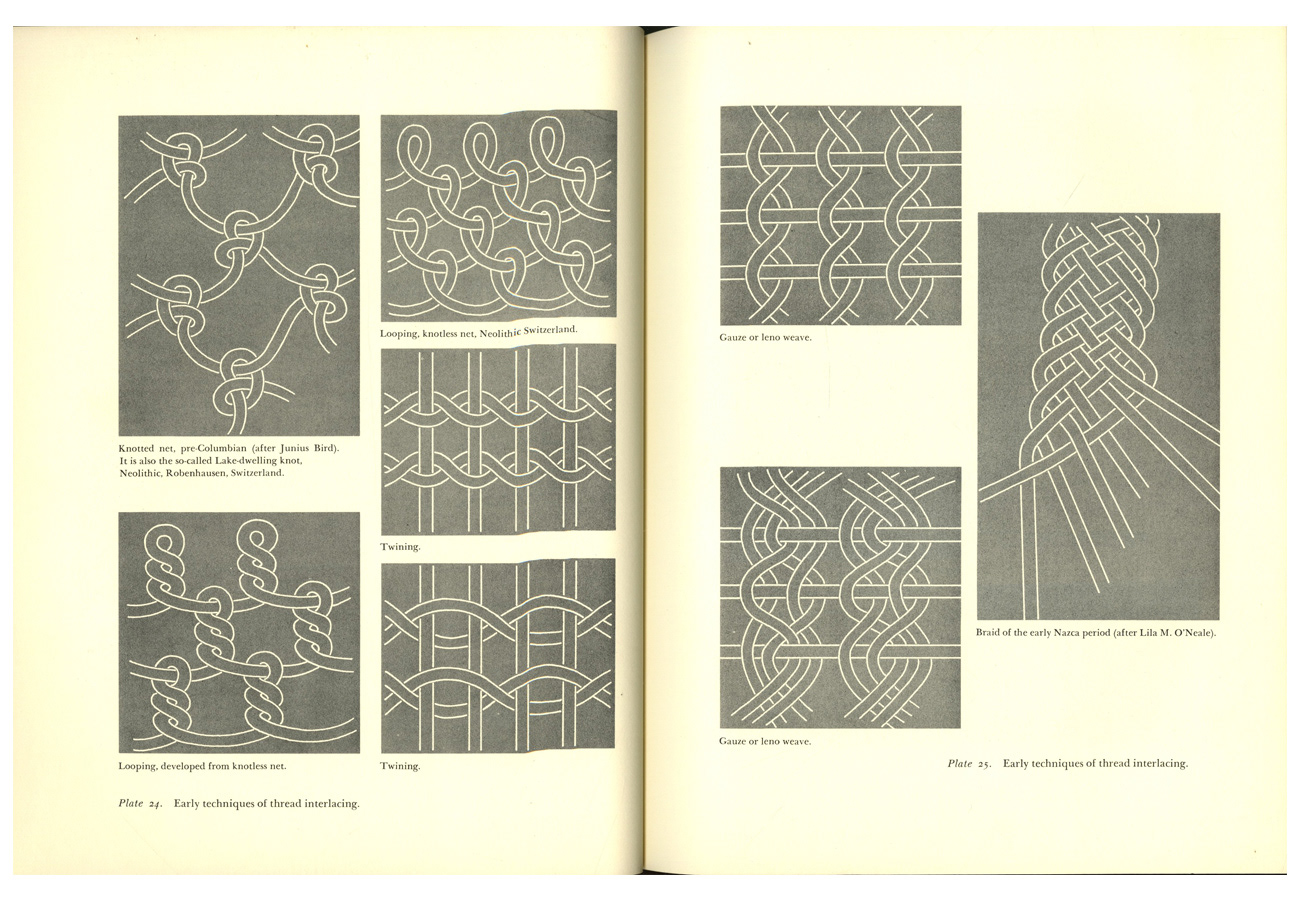
Gottfried Semper_Der Stil in den technischen und tektonischen Künsten oder praktische Ästhetik, Künstler und Kunstfreunde, Frankfurt, 1860
Anni Albers_Early technics of thread interlacing, On Weaving, 1965

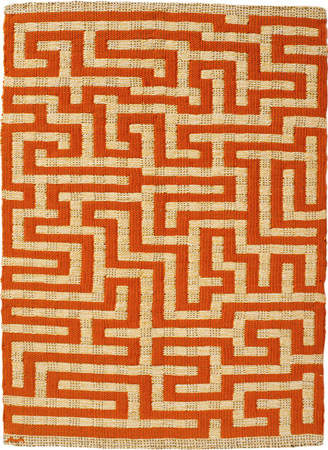
Josef Albers_Detail of Stone Wall, Mitla, Mexico, ca. 1936
Anni Albers_ Red Meander, linen and cotton, 1954

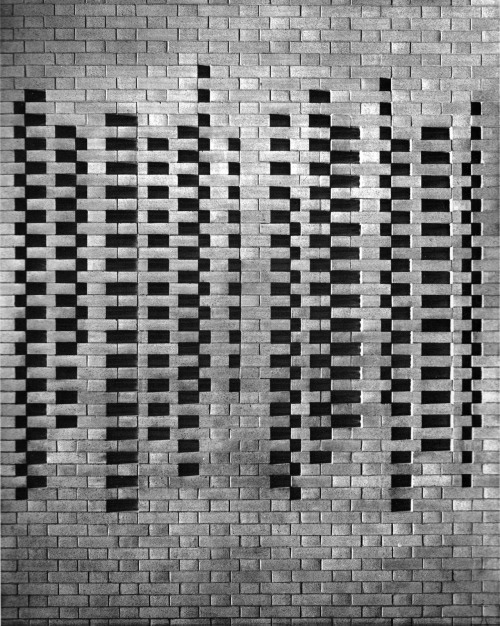
Anni Albers_Diagram showing method of weaving draft notation (plain weave), On Weaving, 1965
Josef Albers_Brick wall detail, Harvard University, 1949-50
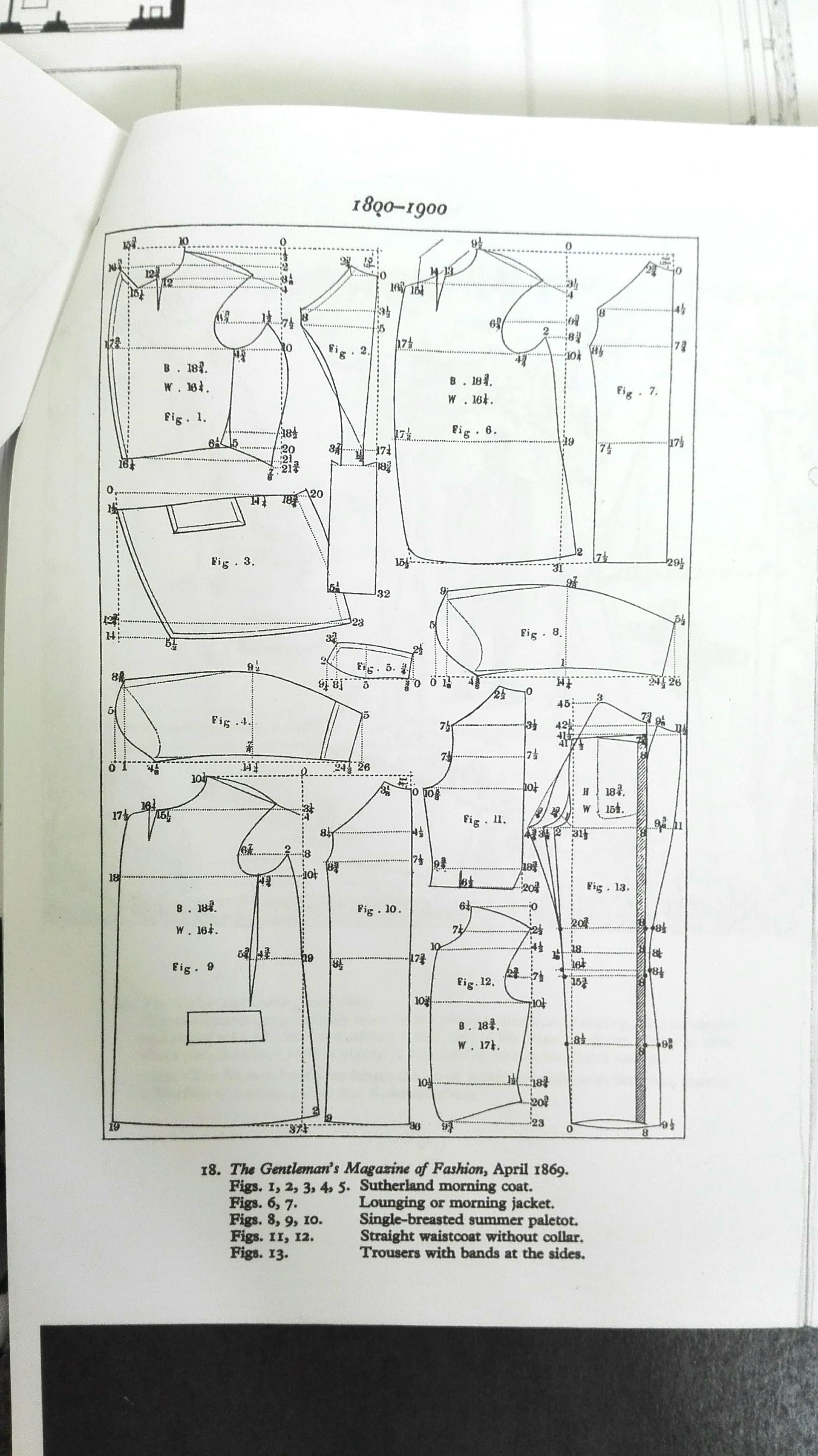
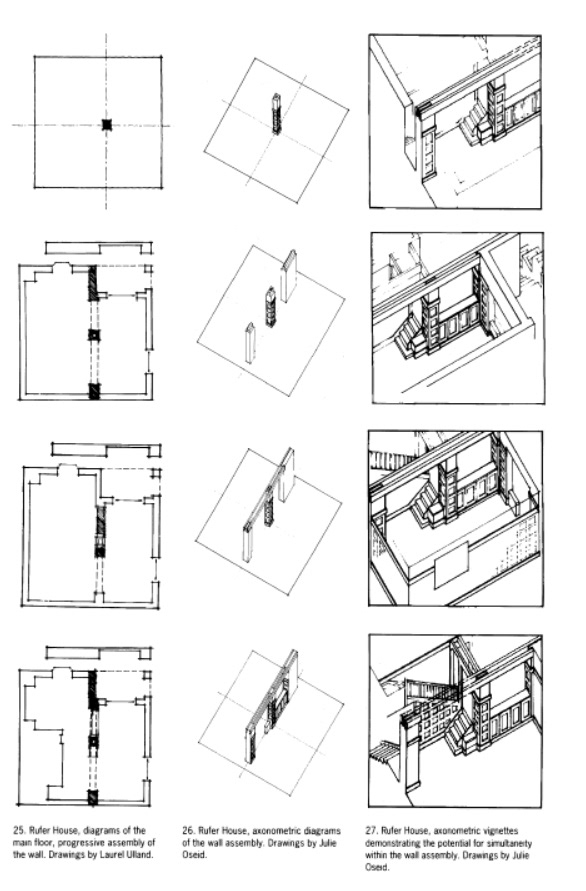
The Gentleman's Magazine of Fashion_construction of a suit, April, 1869
Adolf Loos_Rufer House. Diagram of the progressive assembly of the wall, Vienna, 1922


Adolf Loos_Muller Villa, facade, Prague, 1930
Adolf Loos_Muller Villa, interior, Prague, 1930